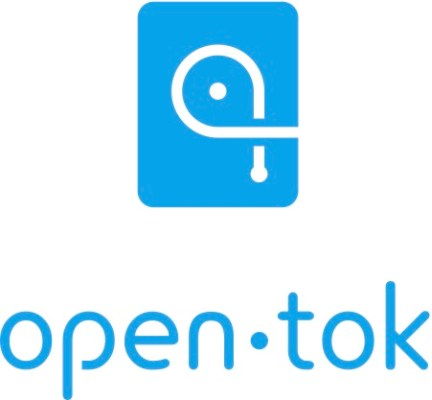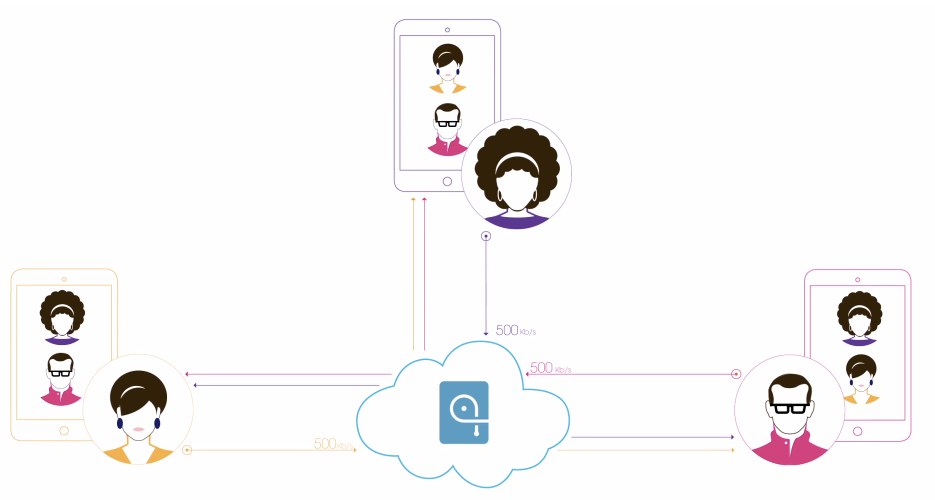Telefonica’s TokBox announced a huge upgrade to its OpenTok on WebRTC service today. TokBox’s new cloud-based Mantis media distribution framework is designed to overcome some of WebRTC’s limits with regard to video distribution. By default, WebRTC is a peer-to-peer platform, but that makes it hard to scale video chats beyond two participants. With Mantis, TokBox essentially puts its own cloud infrastructure in the middle of these calls and is then able to route and manage calls that include multiple participants without using a prohibitive amount of bandwidth and using a complicated mesh-based architecture.
In the future, as TokBox CEO Ian Small told me earlier this week, this will also enable TokBox to shape video streams according to the different users’ bandwidth conditions and the developers’ needs. “With Mantis, what we’re doing is putting smarts into the WebRTC infrastructure,” Small said. “Today, we’re routing traffic. Tomorrow, we’ll shape traffic.”
On cool feature Mantis already enables today is SIP interop, so developers will actually be able to write WebRTC-based apps that allow users to call in from their standard phone lines. This, for example, is useful for video conferencing services where you can now have a number of WebRTC-based video streams and a few participants on regular phone lines simultaneously.
Currently, Small told me, the system scales well for chats with up to 10 users. In a webinar setting where just one user is broadcasting, it can easily scale up to more than a hundred users. The company beta-tested Mantis with the help of LiveNinja and Roll20.
Current OpenTok developers won’t have to do anything to take advantage of the new system, given that TokBox already abstracts most of the WebRTC calls anyway. They will just have to create the topology they need for their apps (P2P, multi-party chat, etc.) and get started. It just “happens in the cloud automatically,” as Small noted, and now that it’s in the cloud, the company will be able to add many new features to its implementation in the near future.
WebRTC, of course, is still in its early phases, something Small also acknowledged in our interview. In his view, we are not even in the early adopter phase right now. Instead, he believes, WebRTC is still in its experimentation and early mover phase. Once WebRTC arrives in the stable release channel of Firefox (it’s about to hit the developer channels soon and should be in the stable release in about two months), Small believes we’ll see more developers go beyond experimentation and move to production.
For now, TokBox’s WebRTC service supports Chrome and Firefox on the desktop, as well as Internet Explorer through Chrome Frame. On mobile, it works in the browser with Chrome on Android and on iOS in native apps through the OpenTok SDK.

